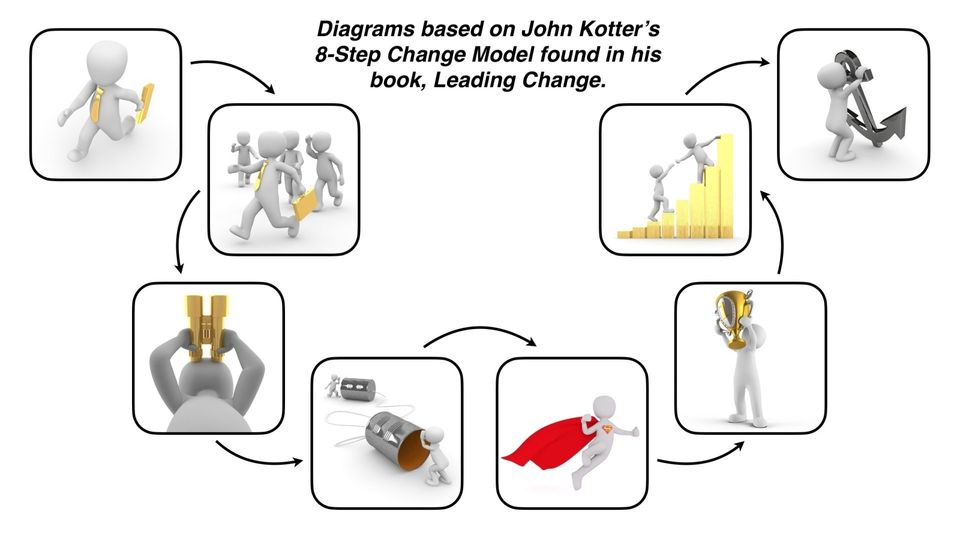Leading Organizational Change, Part 2
Leading change can often involve a process. Years ago, Dr. John Kotter released an 8-step process in his seminal work, Leading Change. We’ve simplified that process slightly, keeping it to the six steps listed below:
Step 1: Create a sense of urgency. Creating a sense of urgency helps motivate people to start moving. Make sure you have honest dialogue about the issue that requires change. As more people start talking about the proposed change, urgency builds and feeds on itself.
Step 2: Cast vision for the change. When people see for themselves what you’re trying to achieve, then the directives they are given tend to make more sense. Develop a short summary that captures what you “see” as the future of your organization.
Step 3: Remove barriers to change. Removing obstacles empowers your people who execute the vision; it also helps the change move forward.
Step 4: Enable for short-term successes. Nothing motivates more than success. Give people a taste of victory early in the change process. Create achievable short-term targets, not just one long-term goal. Recognize and reward those who help hit the targets.
Step 5: Build on victories. Many change projects fail because victory is declared too early. Real change runs deep. Quick wins are only the beginning of what needs to be done to achieve long-term change. After every win, analyze what went right, and what needs improving. Set goals to continue building on the momentum you’ve achieved.
Step 6: Embed the changes in the culture. To make any change stick, it must become part of your organizational culture. Tell success stories about the change process, and repeat other stories you hear. Publicly recognize key leaders and significant contributions.
[Next week I will introduce a model for embracing change in order for organizations to survive and thrive.]














